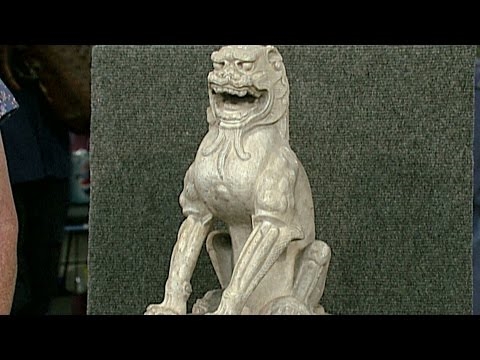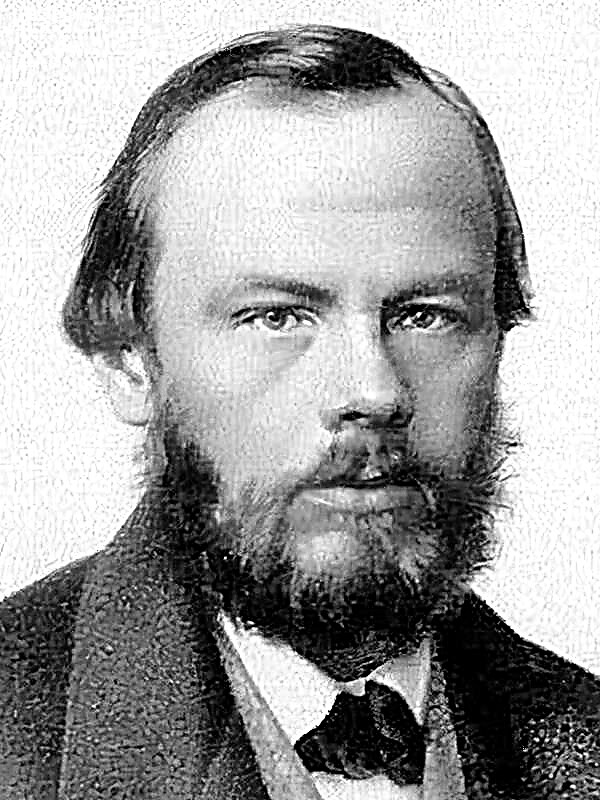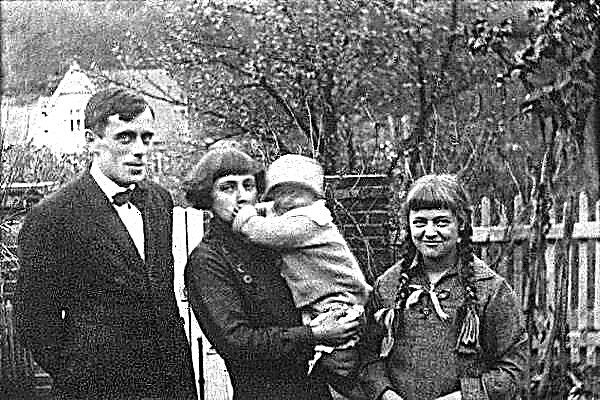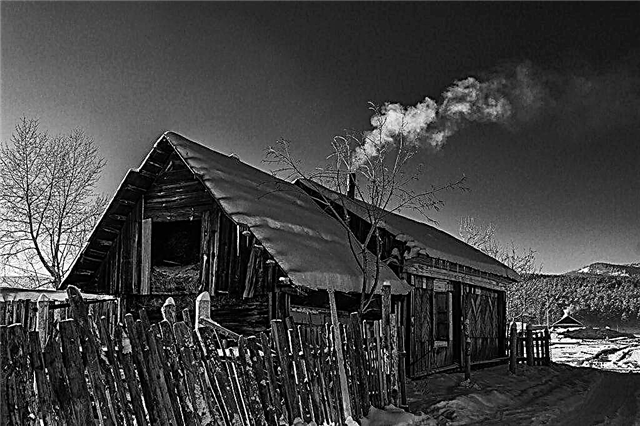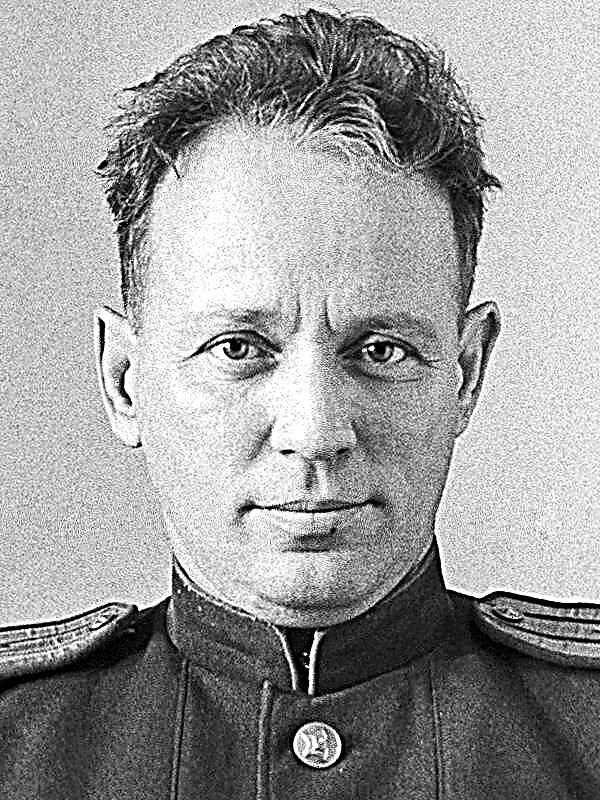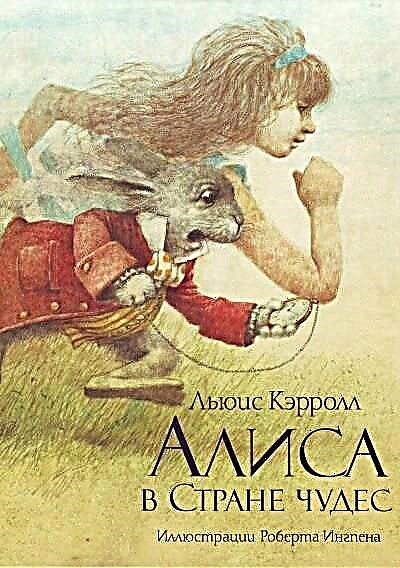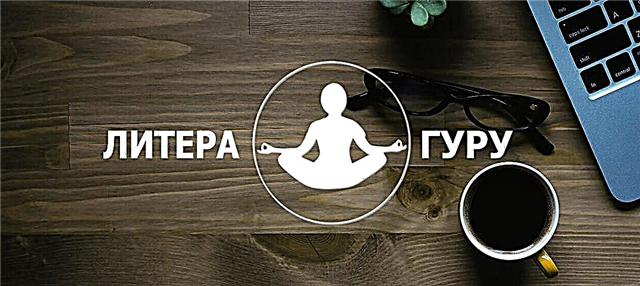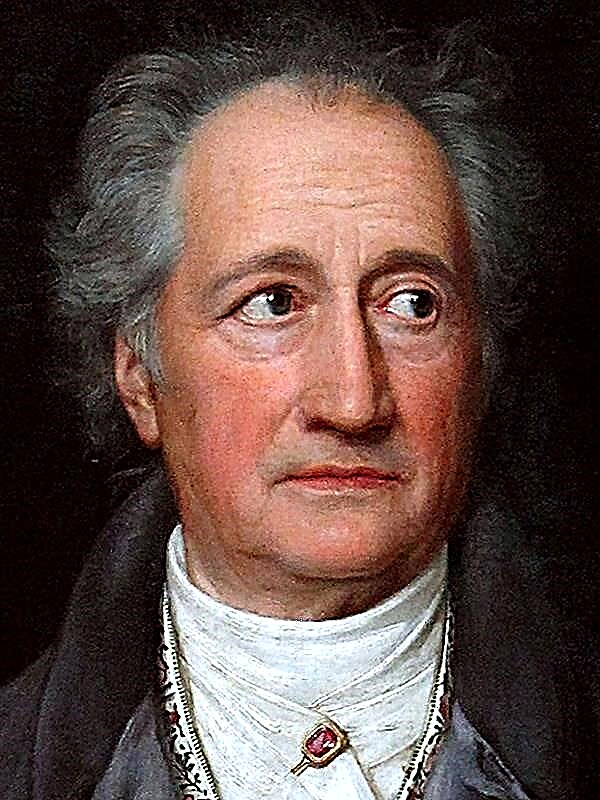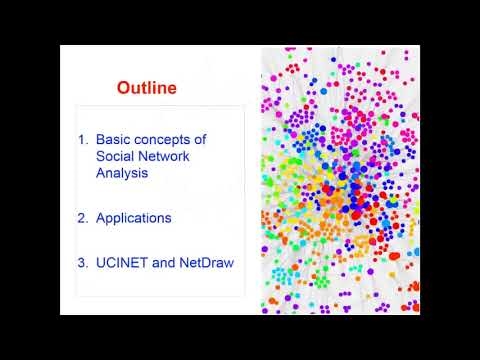(275 words) Every time a conversation is about an overcoat, the novel of the same name by N.V. Gogol necessarily comes to mind, and not a luxurious coat. This happens only because the Overcoat has become a symbol. Due to the associativity of the images, he allows the author to leave an element of understatement. A literary symbol may be a sign, subject, or a sign filled with secondary meaning. What is the hidden meaning of the overcoat of Akaky Akakievich?
First of all, it is worth recalling what kind of person was its owner. Small and insignificant, first of all, in my own eyes. To fill his life with a new meaning, Bashmachkin stubbornly saved his savings for a new overcoat. In the eyes of the public, she was considered an element of prestige that raises your rank in the eyes of those who meet in clothes, and the main character had the most modest status. The overcoat cannot make life happier, and yet, its owner will seem to be a wealthy and successful person. In my understanding, it is this quality that determines the image of an overcoat - a false value, self-deception. When the overcoat is stolen out of the blue, cruel reality will break the illusory world of Bashmachkin, and with it himself. His field will remain only an urban legend, a ghost taking off all his greatcoats in search of the same one of his own. Life, burned in vain in the pursuit of false ideals, withdrawal, rejection of reality, all this is Gogol’s overcoat.
The image of the overcoat in Gogol’s novel, the bottom of Gorky’s play and Oblomov’s robe in the aggregate represent a very thin line between illusion and the real world. A rare author allows his characters to transgress her. Despite its common knowledge, the image did not become collective (as in the case of Plyushkin, for example), since it did not find wide application in Russian literature. But it was not for nothing that F. M. Dostoevsky said that “we all left Gogol’s“ Overcoat ”.” The idea of an overcoat will be embodied in Chekhov's case and many other iconic phenomena of Russian literature.


